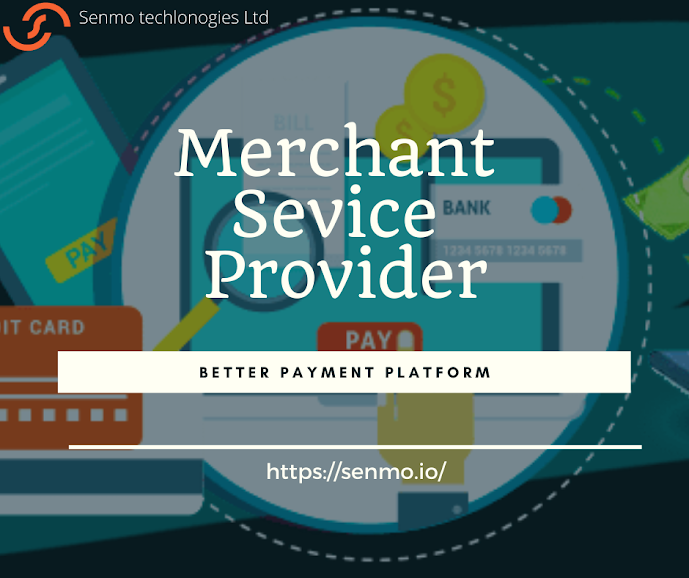Online payment
processing
The world of online payment services could seem complex, but
at its core it’s almost making it easier for your members, customers, or donors
to support you during a way that’s convenient for them. It’s now essential to
supply an online payment option, regardless of your organization, if you'd wish
to be ready to reach all of your potential customers, donors or members.
Within one month of promoting his club’s upcoming winter
trip, all spots were filled and the club’s cash flow increased by $18,000,
allowing Gary to cover all his deposits.
To fully understand how online payments work, let’s
follow a transaction from start to finish. In this way, you can see how your
website, your member or donor, and your payment service provider all interact.
·
An account with a payment service provider.
·
A merchant account though some payment systems
(such as PayPal) do not require a merchant account or can provide you with one.
On the online payment form that appears, the visitor enters their credit card information and submits the transaction request. Depending on your online payment service provider, the form may appear on your website, or your purchaser may be redirected to a form on your service provider’s website.
The sale will be credited to the merchant’s account
almost instantly; however, it can take up to three business days before the money
reaches their account.
Consumer
The message is then sent back through the same channels
to the merchant who must inform the consumer via the credit card reader if
their payment has been. If the transaction is cleared, then the merchant must
hand over the service or goods that the consumer is expecting in return for the
payment.
Once the consumer’s bank receives the payment request,
they will verify whether the consumer has the appropriate funds or credit to
complete the purchase. Additional security measures are taken to ensure that
the purchase is legitimate and shows no signs of fraudulent activity. When the consumer’s
funds are authorized to be released.
· The credit limit has been maxed.
· The bank suspects that the purchase has been made by a non-authorized user.
Processor
The merchant or credit card processor collects the customer’s
payment details and routes that data across to the other stages, primarily to
the card network. The processor facilitates communication between the different
parties.




Comments
Post a Comment